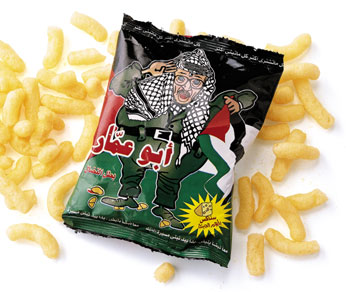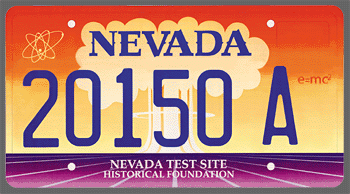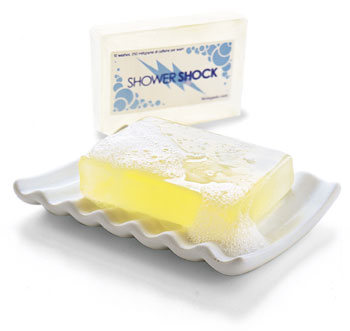Bold. Brave. Beautiful.
Award-winning photojournalism.
Stunning video. Fearless conversations.
Looking for news you can trust?
Subscribe to the Mother Jones Daily to have our top stories delivered directly to your inbox.
Close
Thank you for subscribing!
By signing up, you agree to our privacy policy and terms of use, and to receive messages from Mother Jones and our partners.














